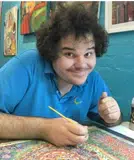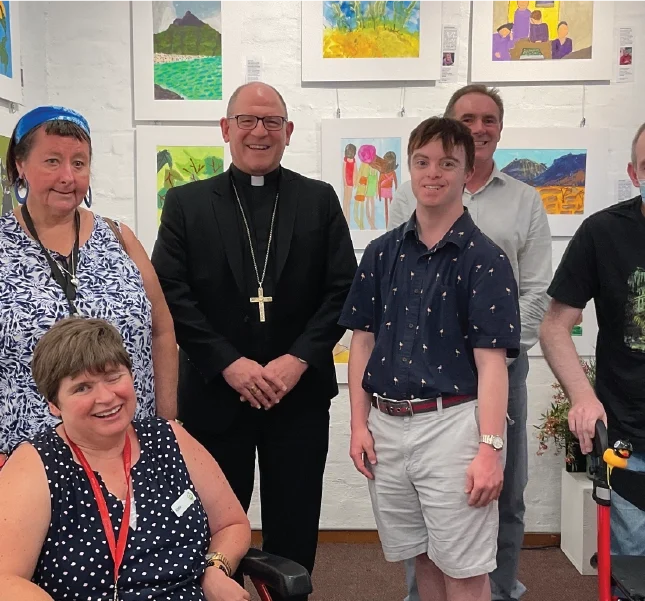Social inclusion – what it looks like and why it matters
November 18, 2024
Social Inclusion Week will take place this year from 23 November – 1 December.
Often, we’ll hear the words “inclusion” and “accessibility” mentioned in the media and online. They sound like important words, but how important are they, really, to a person’s day to day life? And for a person with a disability, what does an inclusive space look like? We ask our friends at Boonah.
Inclusivity refers to deliberate efforts to make sure that all individuals, regardless of their background, abilities, or identities, feel welcomed, valued and involved.


Accessibility, on the other hand, is all about making sure environments, products, services, and tools can be utilised by everyone, regardless of their physical or cognitive abilities.
While accessibility focuses on ensuring people with disabilities can use services and products, inclusivity involves creating a sense of belonging and community so that they feel welcomed and valued while doing so. Both are integral to the experiences of people with disabilities.
For artist Angi, Boonah is so special thanks to the inclusive environment that the team have fostered. “Boonah is more than just a place to do art. It is a place that makes me feel happy, honest, friendly and excited,” Angi says. For Angi, whenever she enters the doors at Boonah she feels seen and appreciated for who she is, both as an individual and as a creative.
Angi is such a positive source of energy in the art studio, always arriving with a lovely broad smile and a willingness to get creative. Colour and design are always the starting points for Angi’s work and she takes inspiration from what she sees in magazines and books. Her process begins with broad shapes of line or colour, which are further broken down into textural elements where she discovers playful creatures hiding within her lines. Angi’s overall joy for life produces exuberant artworks that delight.
Boonah artist Michael goes on to explain that the staff go out of their way to make Boonah an inclusive space. “Some days we have activities that include singing and showcasing our art to one another. When we do this, everyone’s voice is valued and it’s an open, relaxed space. Artists share how their work has made them feel and what they enjoyed about the process,” Michael says.
Activity Leader Cadence says that the key ingredient in fostering inclusion is letting artists express themselves as they really are, as opposed to others telling them who they are supposed to be. “Each artist at Boonah has unique strengths, challenges, and goals, and we’re committed to providing personalised support,” Cadence says. “Our sessions are designed to be inclusive, with an emphasis on meeting the individual needs of each artist. Whether it’s offering guidance on technique or simply providing a space to express themselves freely, we make sure every artist feels like they have the tools and space to thrive.”
At CatholicCare, our hope for Social Inclusion Week is that everyone, regardless of their age, nationality, gender or ability realises their dignity and worth. May we use this week as an opportunity to celebrate all the beautiful, fun, interesting and quirky traits that make us all unique. Happy Social Inclusion Week!
Image credit: Meerkat Family at Taronga Zoo by Angi (2023)
More news stories like this one
Blake chooses to leave his old life behind
For as long as Blake can remember, he has yearned for community and connection. Growing up in social housing with a mum who tried her best but faced many challenges, Blake longed for a place to belong. His search took him from drug dens to prison cells and ultimately, into a life of homelessness.
Read MoreA sacred threshold – our new Crossroad Companions pilot program
Offers trained end-of-life companions – compassionate, non-clinical guides who walk alongside those facing life’s final chapter.
Read MoreInclusion starts here – marking International Day of People with Disability
Every year on the International Day of People with Disability (3 December), we’re invited to pause and ask ourselves an important question - what kind of society are we choosing to build?
Read More



